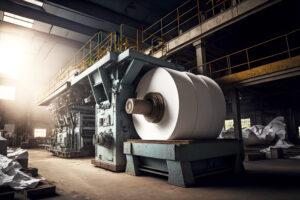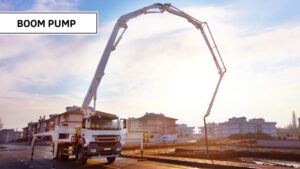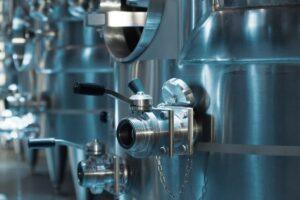A properly serviced pool pump is the source of clear and sparkling water in your pool. Adequate priming of a pool pump ranks as one of the most significant things to allow proper operation of your pool pump motor. Your pump will be dry and can cause damage or be inefficient if it is not properly primed. This manual will walk you through priming a pump for pool step by step and introduce you to mistakes to avoid, so your pool pump maintenance is foolproof.
Pump strainer basket checks for debris on a regular basis will avoid clogging, which causes water flow obstruction. Get the pump turned off and valve handles in their respective positions before starting the priming process to avoid air leaks. Immersing the pump housing in garden hose water can be employed to establish a correct suction for correct priming. Lastly, always inspect the O-ring and pump for pool lid for damage and wear, as a tight seal is extremely crucial in maintaining the pressure while operating.
Why It Is So Important to Prime a Pool Pump
Priming refers to filling the pump and suction line with water to push out any air before pumping. If the pump motor is not primed, the motor will not be able to create sufficient suction to draw water from the pool. Running a dry motor can overheat the motor and ruin the inside parts, cutting the life of your pool pump short. Good priming also maximizes pump performance and maintains water circulating at the right level in your pool, maintaining your filtration system in top working order.
Cavitation, which will consume parts of the pump and ultimately impair performance, is prevented by regular priming. Motor stress is also minimized, which can cut energy costs. Having all the air forced out of the system when priming ensures smooth water flow and pressure. Finally, an efficiently primed pump reduces the likelihood of costly repairs, and your maintenance experience becomes hassle-free and smooth.
Main Reasons to Prime Your Pool Pump
- Avoids motor damage: Priming avoids pump dry running, which causes overheating and damage to internal components.
- Enhances pump performance: Effective priming provides maximum water flow and suction, ensuring the filter system performs optimally.
- Reduces cavitation: Continuous priming avoids air cavitation, protecting pump for pool components from erosion and wear.
- Conserves energy costs: By avoiding motor stress, priming reduces the energy consumed when the pump operates.
- Provides smooth water circulation: Forcing out all air ensures consistent pressure and flow for a sparkling clean pool.
- Doesn’t require repairs: A properly primed pump minimizes the chances of the pump failing, saving on maintenance costs.
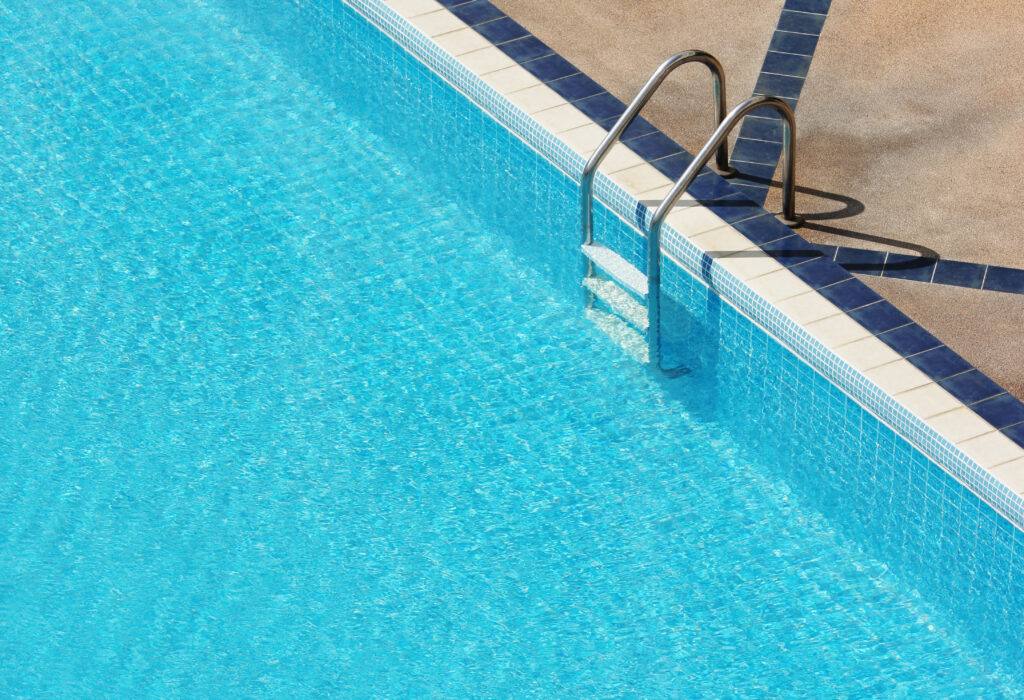
Steps to Priming a Pool Pump
Follow these essential steps to priming a pool pump for reliable operation:
Turn off the Pool Pump Motor
Always begin by switching off the power to your pump services for safety. This prevents accidental operation during priming, which could lead to injury or damage. Ensure the power switch or breaker is completely off before proceeding.
Open the Pool Pump Valve
Locate the pool pump valve and open it completely to allow water to flow into the pump. This step helps to eliminate air pockets that can interfere with suction. Ensure all related valves within the system are in the right position to allow water to pass through.
Fill the Pump Basket with Water
Remove the pump lid and fill the pump for pool basket itself with water until full. This starts the priming by filling the pump chamber with water. A garden hose is convenient for this step to provide a controlled and steady fill.
Secure the Pump Lid
Replace the lid and screw it on firmly to prevent leaks, making sure the gasket is properly seated to ensure a snug seal. Inspect the O-ring for cracks or wear to prevent air leaks. A tightly sealed lid allows the pump to hold the pressure that it needs to function correctly.
Turn on the Pump Motor
Re-enable the power to start the pool pump motor. You should hear the water begin flowing, and the pump will begin to draw water from the pool. Listen for any unusual sounds that might indicate air is still present in the system.
Check for Proper Water Flow
Monitor the pump and ensure water is flowing freely. If air bubbles are observed or water flow is slow, repeat the priming steps or check the suction line for blockages or leaks. Check the filter pressure gauge to ensure the system is operating in the normal range.
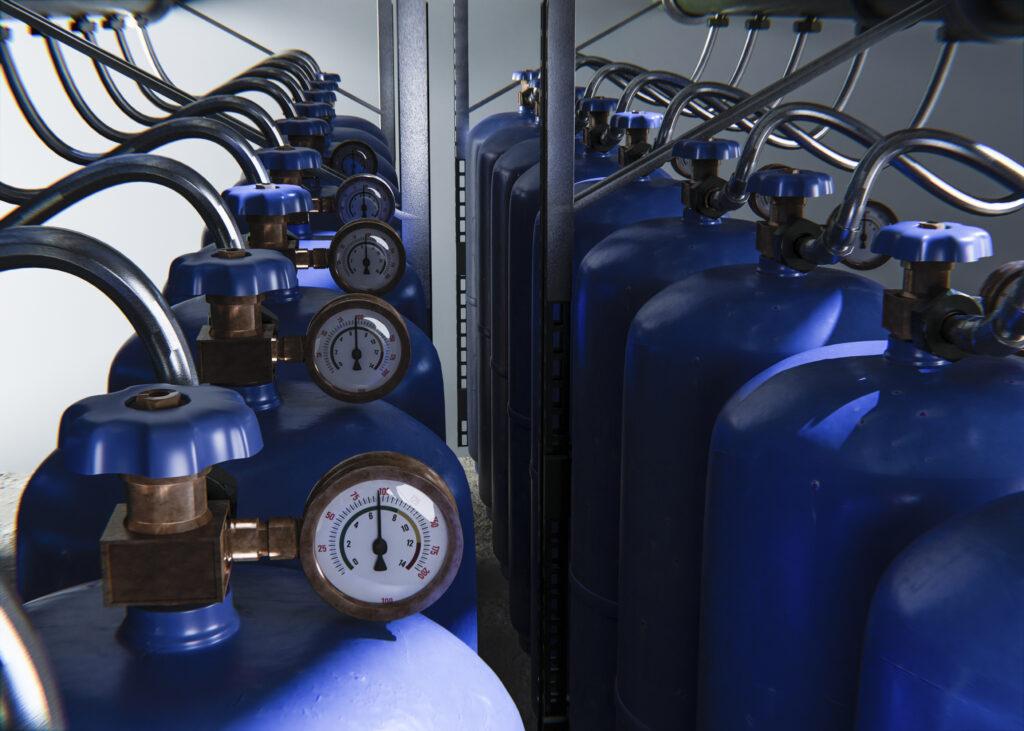
Common Mistakes to Avoid When Priming a Pool Pump
To ensure your product from pump manufacturers operates at its best, avoiding common mistakes during the priming process is crucial. Correct priming prevents damage and maximizes water flow for a clean and healthy swimming pool. The following are primary mistakes to avoid, along with information on how to fix them.
Failure to Fill the Pump Basket
Failure to do this step can lead to the motor of the pump running dry and heating up, ultimately causing internal damage. It should always be filled to the brim with water using a garden hose or bucket to generate suction. This ensures that there is enough water for the pump to build up the desired flow and does not strain the motor.
Not Opening the Pool Pump Valve
Keeping the valve closed restricts the flow of water, so that the pump won’t prime and may even cause it to lose suction. Before priming, all valves concerned should be fully open to allow water to enter the pump uninterrupted. Check the valve system for any blockage or dirt that will interfere with water flow.
Neglecting Leaks Around the Pump Lid
A loose or damaged lid gasket will allow air into the system, causing loss of prime in the pump and its efficiency to decrease. Inspect the O-ring and pump lid for wear or deterioration before tightening it to obtain a good seal. Lubricate the gasket with a pool-safe lube to provide an airtight seal.
Turning on the Pump Without Priming
Running the pumps without priming generally destroys the motor, which has to be repaired at a high cost or replaced. Always complete the process of priming by charging water in the pump and checking air evacuation before running the motor. In case the pump is having trouble priming, check for any leaks once more or repeat the process of priming process for easy functioning.
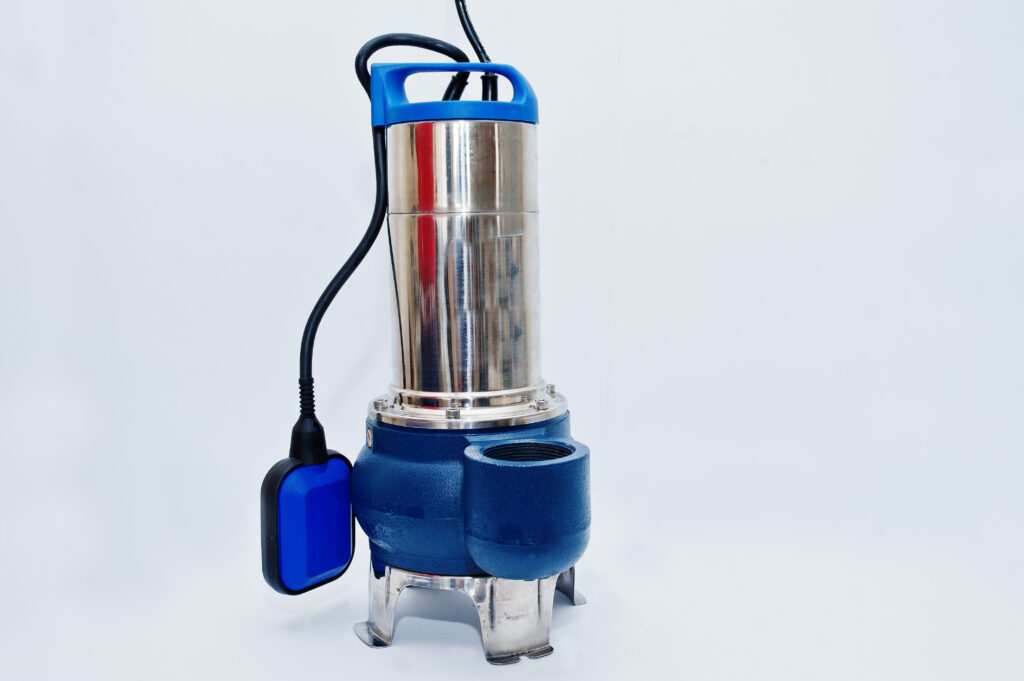
Pool Pump Maintenance Tricks for Long Life
Maintaining a pool pump regularly extends the life of your equipment and keeps your pool clean. Aside from proper priming, inspect the gasket and lid of the pump regularly for signs of wear, clean out debris from the pump basket, and check the valves to ensure they move freely. Have the pump strainer basket cleaned at least monthly to prevent clogs that stress the motor.
Lubricate the O-ring using a pool-safe lubricant to ensure it remains tightly sealed and prevent air leaks. Inspect the pressure gauge of the pump regularly to monitor for any unusual changes that could be an indication of blockages or inefficiencies. Ensure that your pump motor vents are dust-free and clean to prevent overheating and ensure that the pump runs efficiently.
If your pump is making unusual sounds or losing prime too frequently, it is time for professionals to carry out pump services. Trustworthy pump service centers and manufacturers like AMED-US carry a range of pool pumps and offer expert maintenance to guarantee that your system operates at its optimal level.
Key Maintenance Tips
- Clean and inspect the strainer basket: Clear clutter every month to prevent clogs and assure effortless water flow, reducing motor stress.
- Lubricate the o-ring: Apply pool-safe lubricant to the O-ring for a secure seal, preventing air leaks and causing priming interference.
- Monitor the pressure gauge: Monitor regularly for unusual readings to identify blockages or inefficiencies early, preventing costly repairs.
- Clear motor vents: Keep vents dust and debris-free to prevent overheating, and the pump operates efficiently.
- Check valves and seals: Ensure valves open and close smoothly, and check the pump lid gasket for deterioration to guarantee proper suction and pressure.
- Schedule professional servicing: In case there are strange sounds or repeated loss of prime, contact professionals like AMED-US for professional pump maintenance.
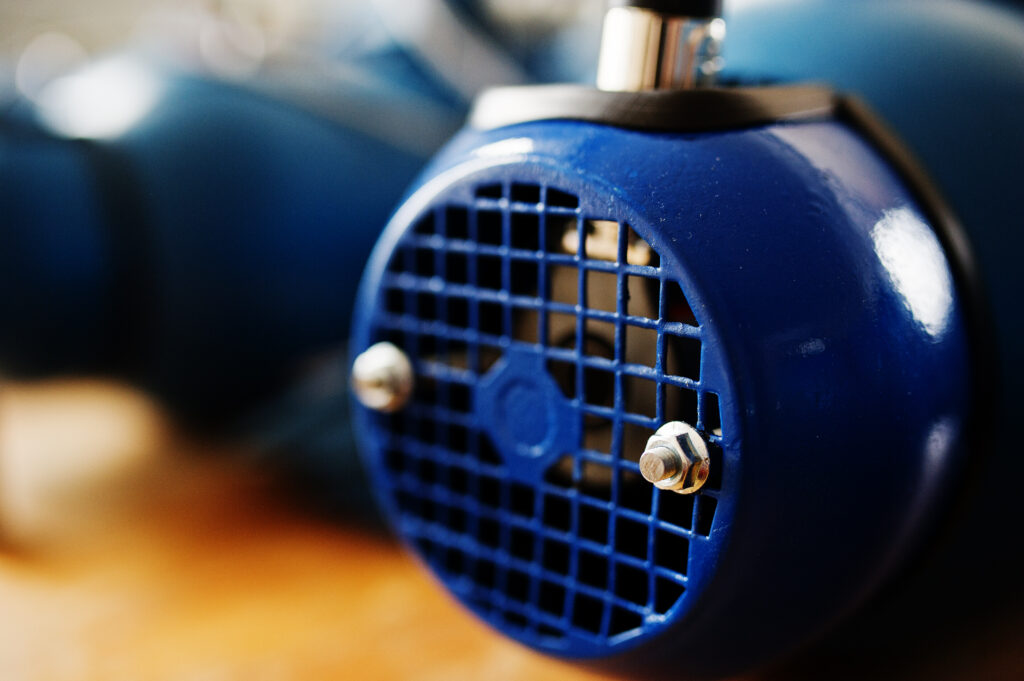
Proper priming of a pool pump is a simple but critical operation for having a successful and long-lasting pool filtering system. Knowing the right procedure in priming a pool pump and avoiding some of the most prevalent errors, you protect your pool pump motor and ensure smooth water circulation through your swimming pool. Proper upkeep of your pool pump and timely expert repair will avoid costly repairs and extend the lifespan of your pump.
For high-end pool pumps, spares, and expert pump services, look to alternatives from reliable sources like AMED-US, your preferred solution partner for pool pump solutions.






